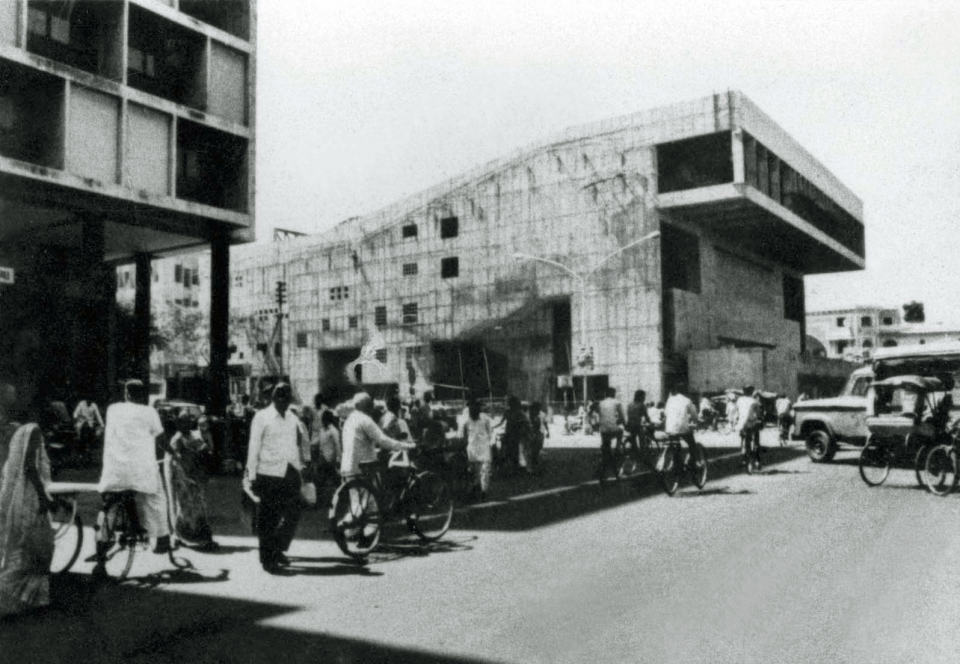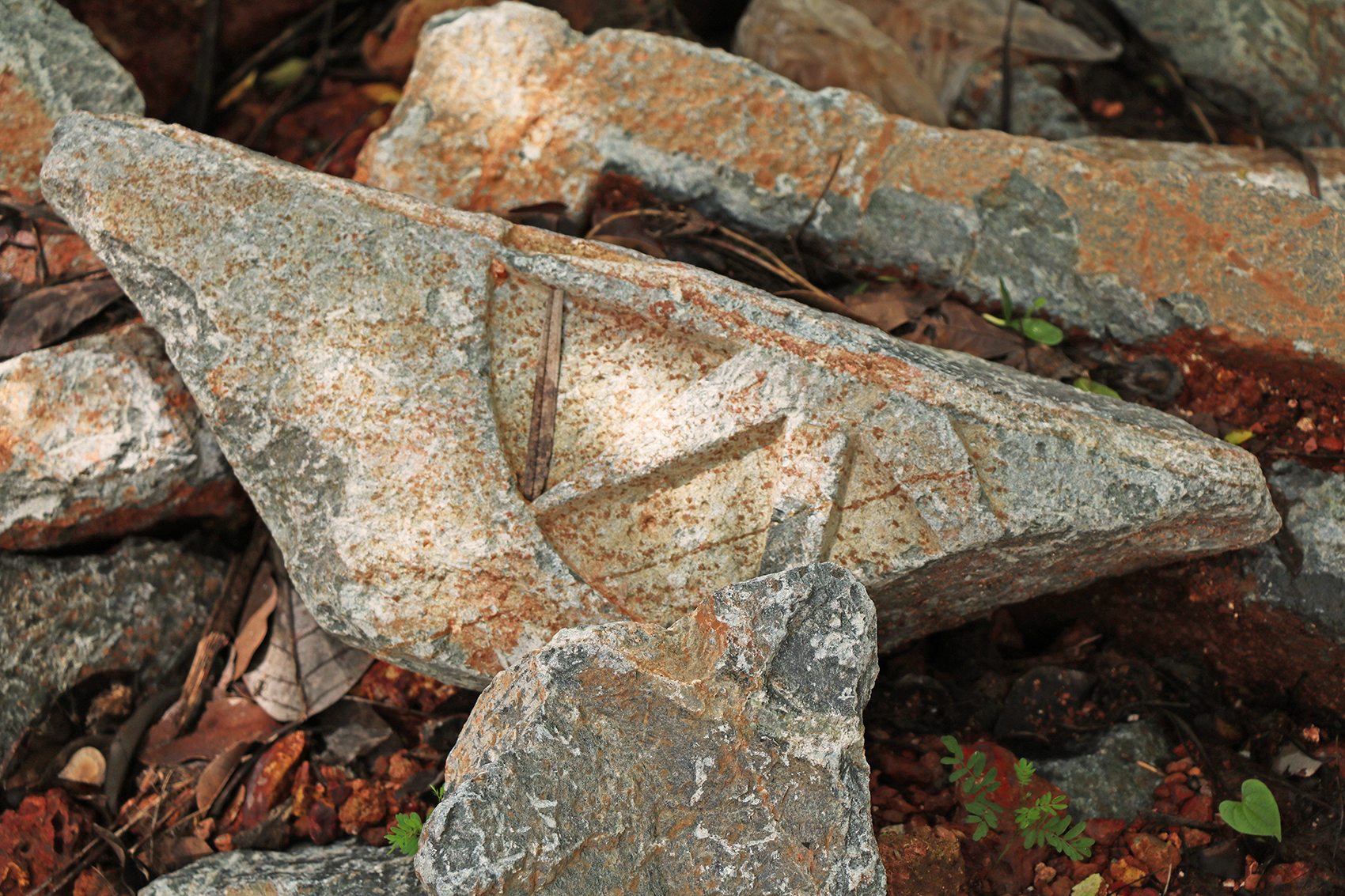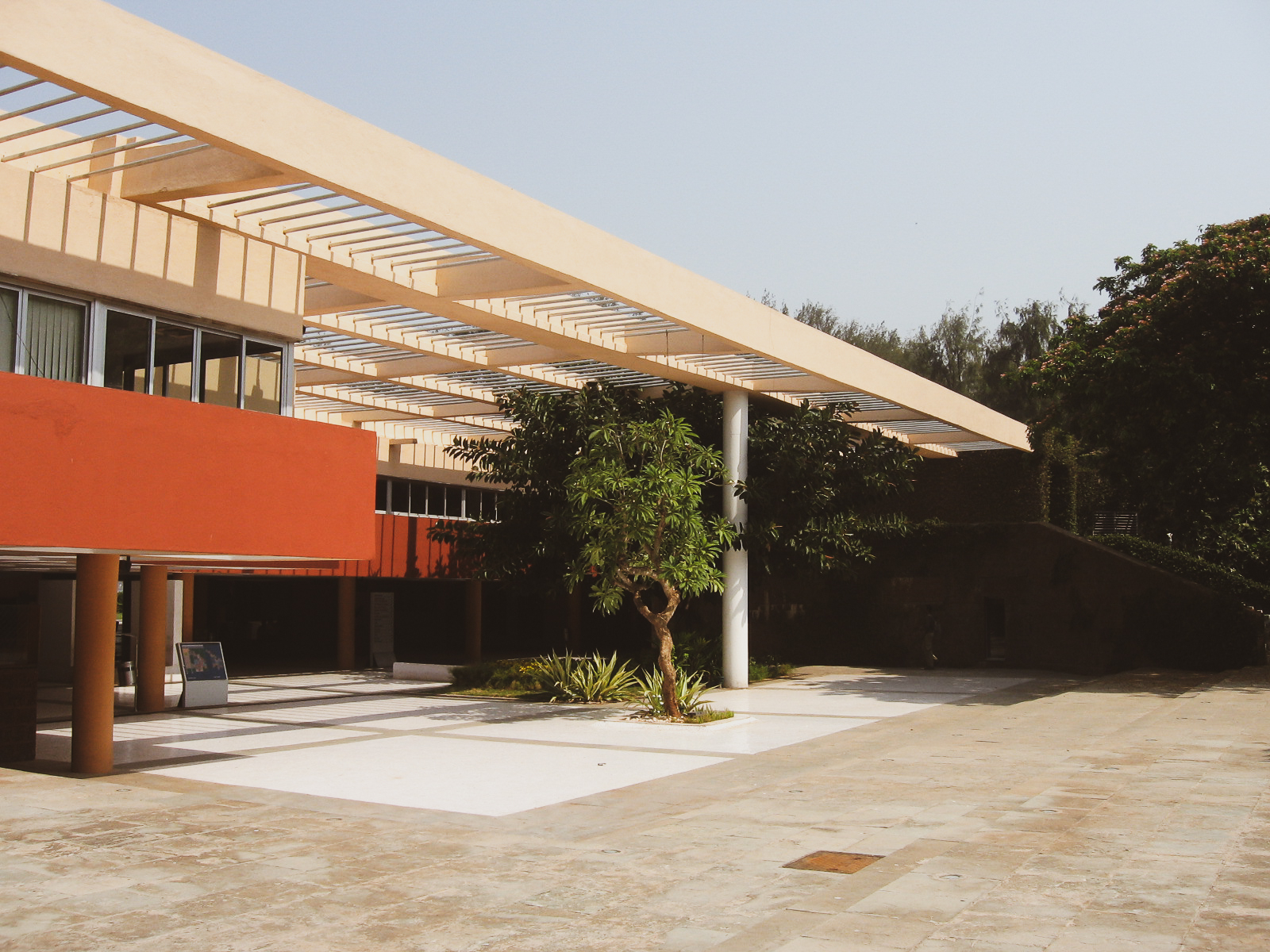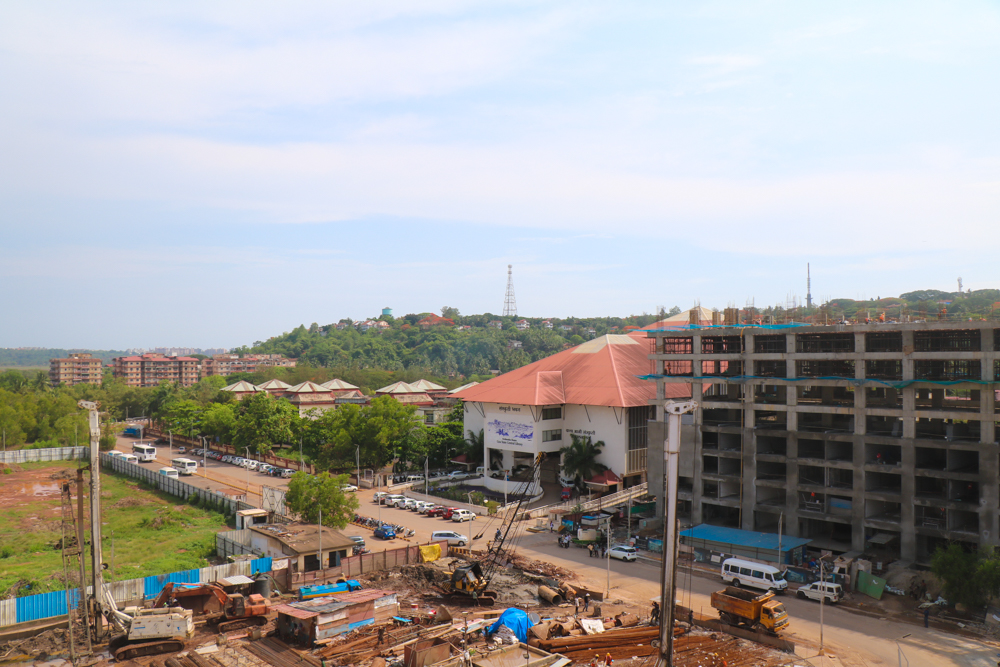In the years preceding 2013, a new phenomenon started to take place, at least in the lives of millennials. They would recollect an incident that happened, say, in 2006, or 2007, and would go on to narrate it gleefully, only to get depressed when they realized that the phrase ‘this happened 5 years back’ was incorrect. For their present day and age, 5 years back, in reality, might have been 2010, but they always pictured it as 2005, or 06.
This is happening even today. We live in the year 2019, almost 2 decades into the century. Yet we tend to think of the 90s as something that happened just say, 10 years back. Au Contraire, we are actually closer to the year 2050, than we are to 1990. Let that just sink in…
Now we could just say ‘We are getting old’, but there may be a more logical answer. It can be said that this occurs due to ‘temporal discrepancy’ – which makes our mind process images at a slower rate when we age beyond 20. (which incidentally for me was 2013, hence the effect kicked in)
Adrian Bejan, the J.A. Jones Professor of Mechanical Engineering at Duke University, explains it this way, in a statement from the university :
As tangled webs of nerves and neurons mature, they grow in size and complexity, leading to longer paths for signals to traverse.
As those paths then begin to age, they also degrade, giving more resistance to the flow of electrical signals. These phenomena cause the rate at which new mental images are acquired and processed to decrease with age.
“This is evidenced by how often the eyes of infants move compared to adults – because infants process images faster than adults, their eyes move more often, acquiring and integrating more information,” Dr Bejan observed.
It also has something to do with the percentage cover of a persons life. We tend to perceive moments as a fraction of our entire lifetime. A 1 year old baby waiting to turn 2 years old will have to wait for half of his life, which may seem like a long time. When we reach 20 though, to age another year we would have to go across 5% of our life which is quite insignificant.
I imagine that the same principle applies to buildings, or rather, our perception of buildings. The buildings that were built in the 1980s or 90s, as we millennials were growing up were termed ‘new’ back then, but are now slowly developing a patina of old world charm and a nostalgia of their own. Photos clicked during the 90s are now suddenly being perceived as ‘rare’ – the same photos that languished in our albums in the early 2000s. Architecture firms that began practicing in the early 90s, uptil a few years ago, would have been dismissed as still young – but they have now hit the silver jubilee mark and are looked up to as experienced veterans. Buildings that were built in the 70s or 80s which to our minds were quite new, are completing 40 years of existence and are on course to make the half century mark.
These ‘new old’ buildings may now be included in the clout of buildings of the 1900s that have been termed ‘modern heritage’. This tag has been given to several 20th century buildings that exhibit great historical or cultural value. Chandigarh’s Capitol Complex, described to have ‘represented Corbusiers ideology of modern architecture’ is one example of a group of buildings that has gained UNESCO World Heritage Site status in July 2016.
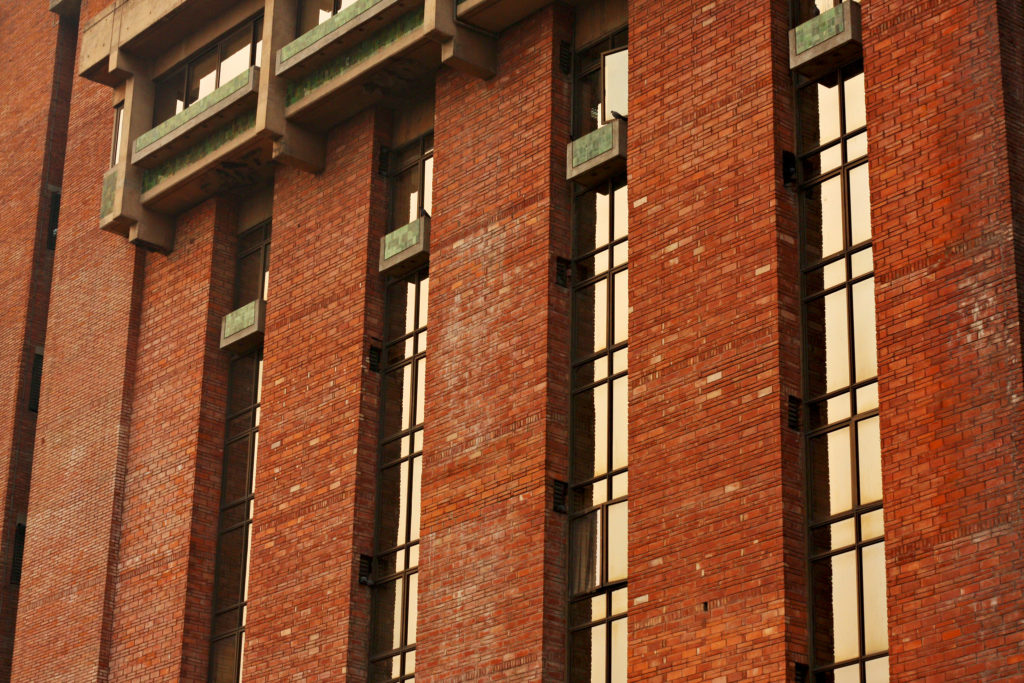

Studio Matter, a research oriented firm based in Goa, has come up with a comprehensive list of the heritage structures of the 1900s per decade for the Indian context. A few names jump off the list, like St. Stephen’s College (1938), Gandhi Smarak Sangrahalaya (1963) and India Habitat Centre (1993). The buildings of architects Achyut Kanvinde, BV Doshi and Charles Correa feature heavily, just as we would expect – being some of the early pioneers of modern Indian architecture.
But does heritage really have to do anything with age? or time? The People of Pampulha might beg to differ, in the case of Sao Francisco de Assis Church, or Igreja de Pampulha. This modern chapel in Belo Horizonte, southern Brazil was designed by the legendary Brazilian architect, Oscar Niemeyer and featured art works of Cândido Portinari. It gained instant fame and prestige so rapidly that in 13 years, was listed by the National Department of Artistic and Historical Patrimony in Brazil. However, some say it become a cultural icon even before its construction was complete! It became the first listed modern piece of architecture in the country and eventually gained UNESCO World Heritage status in 2016, part of the Pampulha Modern Ensemble.
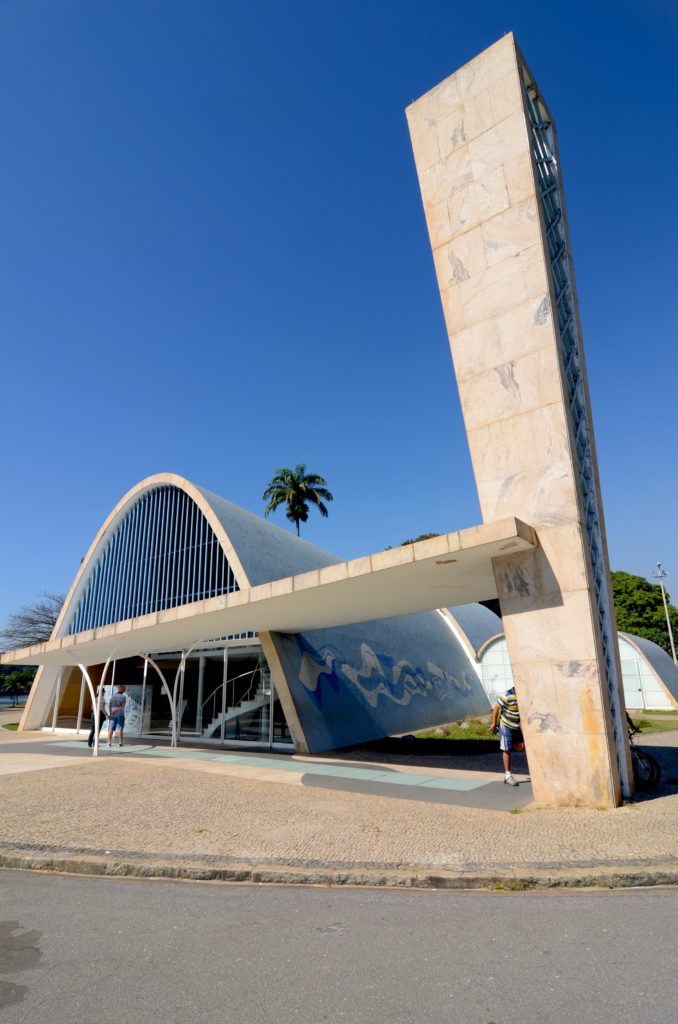
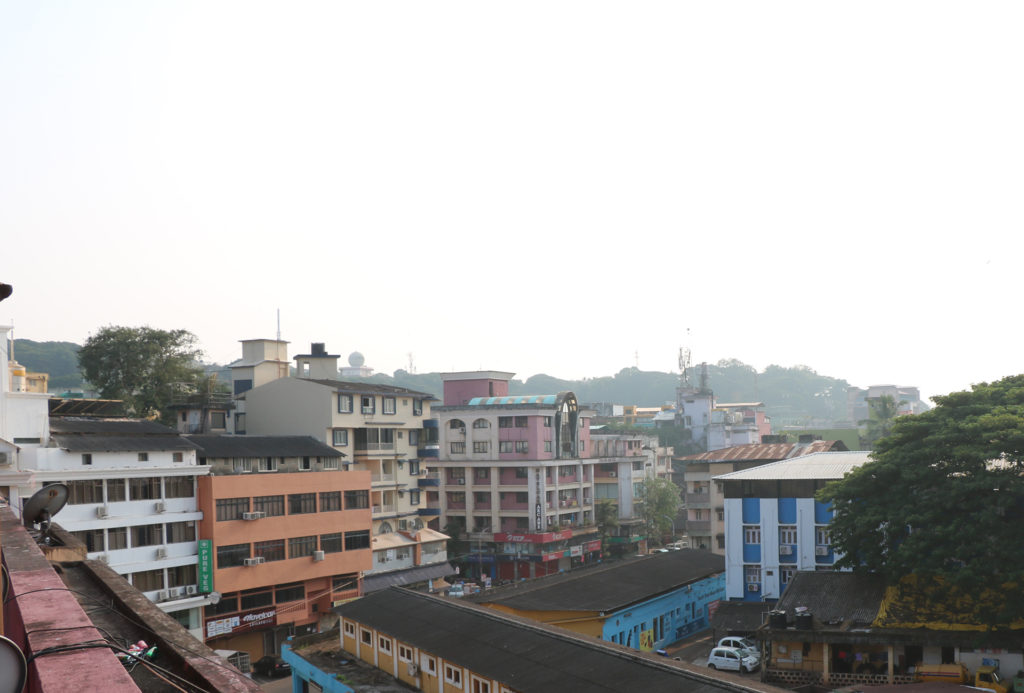
Such works challenge the notion that heritage is something colonial, or something that has to endure a certain number of years. If a building is of extra ordinary standards, and bears great artistic/cultural value, it instantly validates itself as a piece of architectural heritage. The other route a building attains heritage importance is through what we discussed in the beginning of the article – to earn it over a number of years such that it becomes an icon of yore.
What about the buildings of the 2000s? and 2010s? It would be interesting to see what we deem heritage in the years to come. Plenty of traditional Goan houses were torn down in the late 90s and early 2000s to make way for new homes, as villagers started to aspire for modern ways to live. But yet they have not achieved any greatness, in-fact many stick out as eyesores. Will there ever be a time that the present day ordinary RCC Constructed house trumps the odds and becomes a rare specimen? Highly doubtful, but we have to wait and see.

